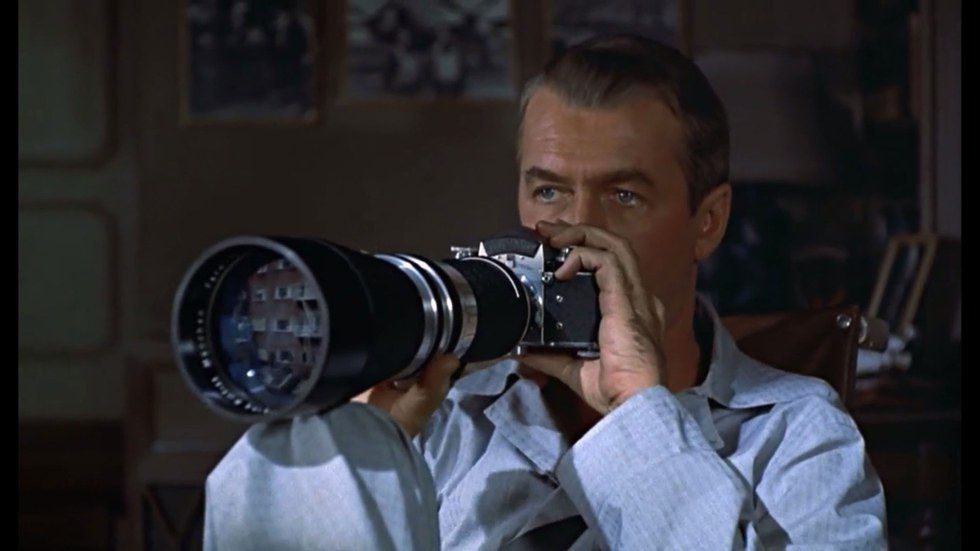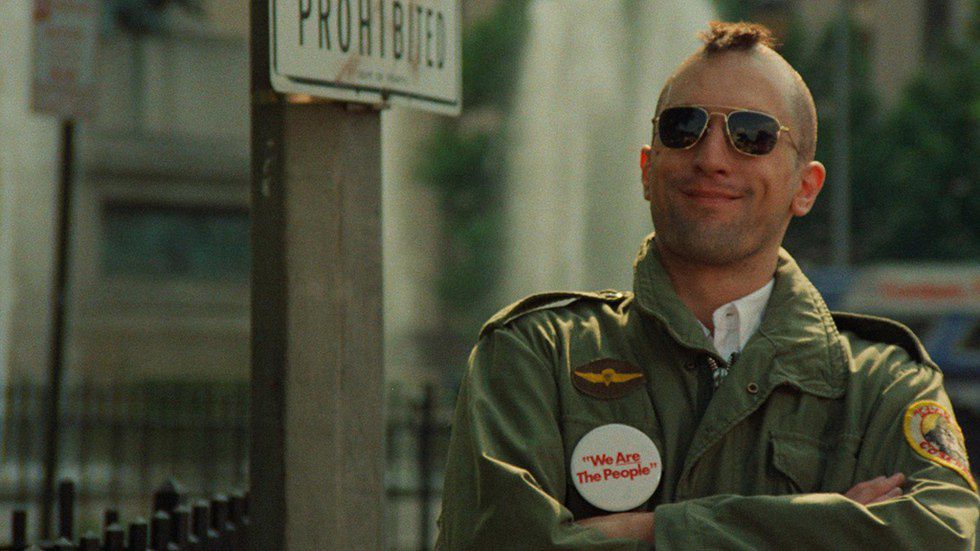In this list of my top five films, I will be discussing what I believe makes a great film and why I enjoy these films so much. This is not a list of my favorite movies (I think there is a difference between film and movie). In next week’s article, I’ll be discussing what I find lacking in contemporary cinema which could be found in the cinema of the past. I am not an authority on film and would not like to be treated as such. Everyone has their own opinions on film; these are mine.
1. Shawshank Redemption
In this film, we see Tim Robbins starring opposite Morgan Freeman playing two men who meet in prison after Robbins’ character is wrongly imprisoned for the murder of his wife and her lover. Originally written as a short story by Stephen King, it is lengthened into a full-length film and tells a story while hiding things from the audience that are masterfully revealed at the denouement of the film. Through director Frank Darabont’s use of lighting and camera work, we the viewers are shown amazing shots that not only tell a part of the story without words, but also show symbolism through the imagery that is portrayed by the actors. Robbins and Freeman have amazing chemistry between one another and the film just “works” because of them. If it had been anyone else, I doubt it would have been as popular a film.
2. Jaws
The reason Jaws is on this list is mainly by accident. The reason I say that is because when the film began shooting, the animatronic shark was not ready for use. If they waited to shoot when the shark was ready, it would have been too late and the film would have been set back for its summer release. Steven Spielberg had to act fast so he went to his friend and colleague John Williams who was composing the score and asked him to write something that would terrify audiences and give an impression of a hunting shark. Williams then came up with the theme for Jaws and in the first minutes of the film, the shark is not seen, and yet the villain of the film is there in the score. That minor second played throughout the orchestra brought the fear of a shark attack and transformed the way orchestral scores are listened to in films today.
3. Rear Window
Finally, a Hitchcock film! Rear Window is a cinematic masterpiece if we discuss only camera work. If we watch Rear Window the entire way through, we will see that the entire film is shot from the inside of James Stewart’s character’s apartment. We see how the neighbors interact with one another, Miss Lonelyheart’s contemplation of suicide, and the climax of the film all happen in L.B.’s apartment. Not only does camera work show us, the viewer, happen outside of the apartment, but it also shows us how L.B. ended up with a broken leg and stuck in his apartment without any clumsy dialogue from the actors. To explain, Hitchcock tells his story by panning multiple close up shots of L.B.’s different award winning photographs (showing the audience that he is a professional photographer while also showing the photo of the accident that put L.B. in a cast for the remainder of the movie. The characters don’t explain what happened or go into any long monologues on what happened, Hitchcock just shows it at the beginning and we, as an audience understand it. It is brilliant film making at its finest.
4. The Hateful Eight
Quentin Tarantino’s latest film is simply put: a masterpiece. It is both a film, but could also be viewed as a play. Tarantino brilliantly directs and writes "The Hateful Eight" so that even he didn’t know who the murderer was until near the end of the film. The long tracking shots of the horse drawn carriage through the woods, the long scenes in both the carriage and Minnie’s Haberdashery. The scenes play out as only Tarantino can make them. They play out naturally and yet with the expected violence that comes with any of his films. I listened to interviews of Tarantino and he made sure that the actors got into character so much so that they knew the entirety of the set exactly as their characters would. If they needed to get more coffee, they knew exactly where the wood burning stove was located as well as if they wanted to grab extra blankets to protect themselves from the cold winter night. Finally, it was shot on 70-millimeter film which just brings an old-time cinema feel to the film. It is as if Tarantino was directing Butch Cassidy and the Sundance Kid. You see the “cigarette burns” in the film, the importance of cuts in the film, and the reverence that Tarantino has for the art form that is shooting films.
5. Taxi Driver
My final pick would be Martin Scorsese’s 1976 Taxi Driver. Starring a young Robert De Niro, Jodie Foster and Cybill Shepherd, the film is about a Vietnam war veteran struggling to become readjusted to civilian life and finds himself applying for a job as a taxi driver to get himself some extra money because of his lack of sleep due to his insomnia. Throughout the film, a jazzy saxophone solo plays as the lights of New York City reflect across De Niro’s windshield. The music plays almost always when De Niro is in his taxi, except for one of the last times it’s heard in the film which is masterfully done by Scorsese. The music connects the characters as if it were everyone’s theme instead of just the taxi’s.
My top 5 films are my current favorites and I love discussing them and their impact with anyone who loves movies. I’m currently expanding my cinematic horizons by watching both newer and older films to see how they both compare and differ and how they affect society. Stay tuned for next week’s article when I’ll be going into detail on the differences between films and movies.




























